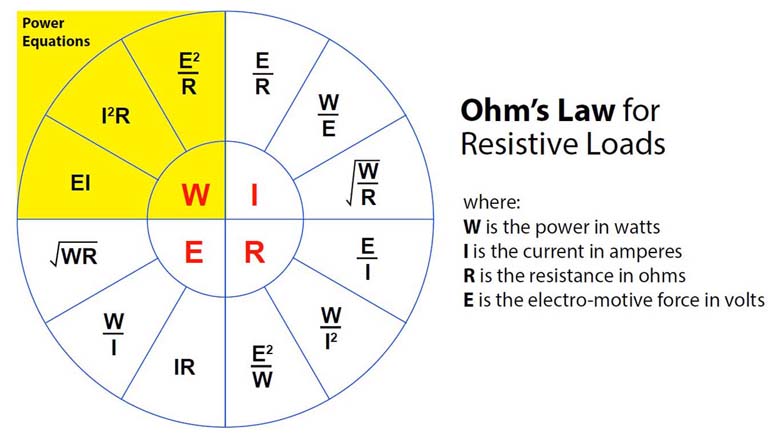This article is partly technical, and partly philosophical. It’s about power, and has to do with how consumers use power ratings to buy products. It is not necessarily limited to audio, even though that is where it ends up.
There are two primary uses for power ratings:
1) To describe the rate of work performed by (or energy consumed by) a product, and
2) Because of the previous item, to determine whether or not a product can perform a specific task, prior to purchasing it.
Since item 2 will influence the sale of the product, one can see the potential for power ratings to be abused, exaggerated, implied, or sufficiently vague as to render them useless for item 2.
One can wander into the local Home Depot and see many examples. Try making a comparison between vacuum cleaners based on their power ratings. Visit the tool department and compare cordless drills. While you’re there, compare some air compressors or welders. In each of these examples, the ratings have been sufficiently obfuscated to render them useless for making meaning comparisons. The only recourse is to take advantage of the store’s liberal return policy and try before you buy. If that is the case, then what is the power rating for?
One Number Ratings
There is something enticing about a single number rating. Since a single number is simple, we think we understand it and that we have the whole picture. The “one number” rating deceptively gives confidence that we have made an informed decision, and we lay our money on the table.
How does this apply to audio? Let’s take the (arguably) simplest component in the signal chain – the power amplifier. It’s a box with an input, an output, and voltage gain that can source the current flow demanded by the load impedance. If there exists an audio component with the potential for a one-number rating, this is the one. Voltage times current equals power. Amplifiers put out watts of power. More is better. End of discussion? No, it’s just the beginning.
Some History
Most things in life are cyclic. When you study the past you are studying the future. Each generation is destined to repeat the mistakes of the previous ones when they don’t study history.

I’m old enough to remember the “peak power war” of the 1970s. This amounted to an “arms race” between power amplifier manufacturers to claim the biggest power rating. Like all con games, the amplifier ratings game was based on some indisputable facts of physics.
1) The output power of an amplifier can be calculated from the power equations, with the variables supplied by Ohm’s Law (Figure 1).
2) The output voltage of a power amplifier is a waveform that varies with time, so quantifying it using a single number can be tricky.
Figure 2 shows the sinusoid waveform used to rate a power amp. Sine waves are easy to generate, easy to measure, and provide an objective means of describing the output capabilities of an amplifier. Since the power equation requires the signal voltage, and this voltage is a waveform that changes with time, one can legitimately ask “Which value do I pick?”

Good physics (and the Federal Trade Commission) says that you use the root mean square, or RMS voltage. RMS is a means of averaging a time-varying quantity to yield the power developed into a load. Synonyms for RMS voltage include the waveform’s effective value, heating value, and equivalent DC value. In acoustics it is related to the perceived loudness of the waveform.
If you connect an amplifier to a load resistor and feed it a signal, the amplified signal voltage develops across the load and current flows as allowed by the load impedance. Since the current can only be varied by changing the applied voltage (the impedance is fixed), the voltage determines how much current flows and how hot the resistor gets. A more powerful amplifier will be able to produce a higher RMS voltage, and the resistor will get hotter. So while it is a power amplifier, the voltage is the variable that we can wiggle.
Manipulating The Numbers
The marketeers of the day recognized that there are other ways to rate the waveform than the RMS voltage. The crest of the wave is its peak value, so plug that into the power equation and you automatically double your power rating (+3 dB).





















